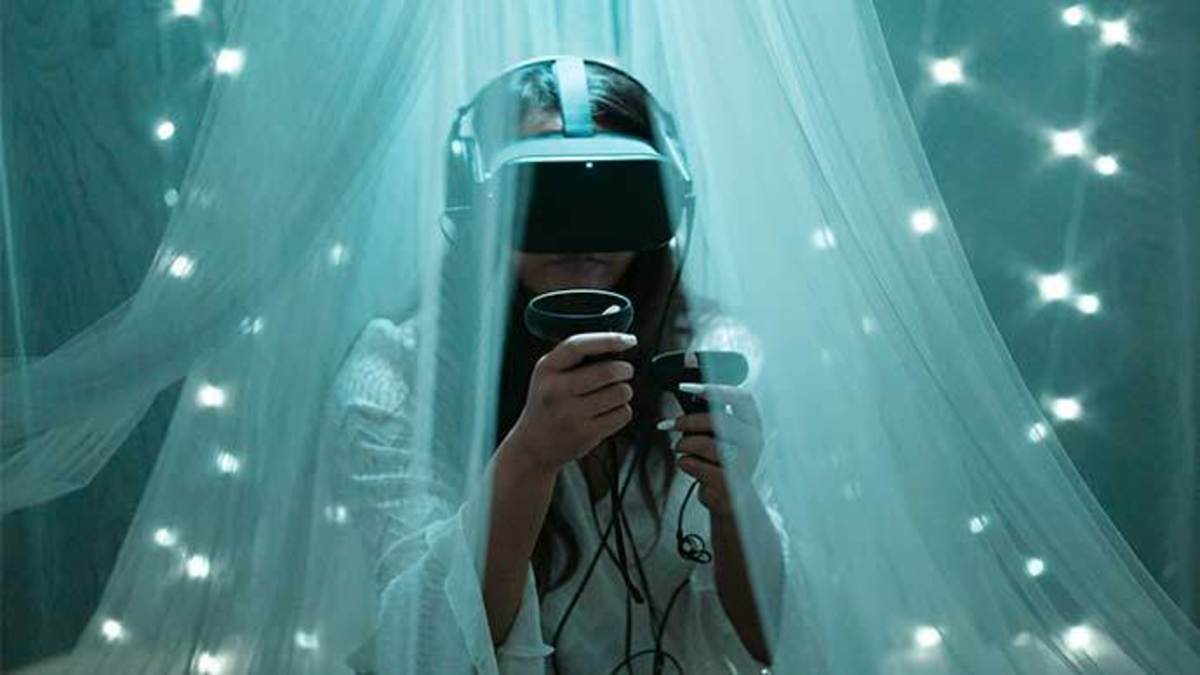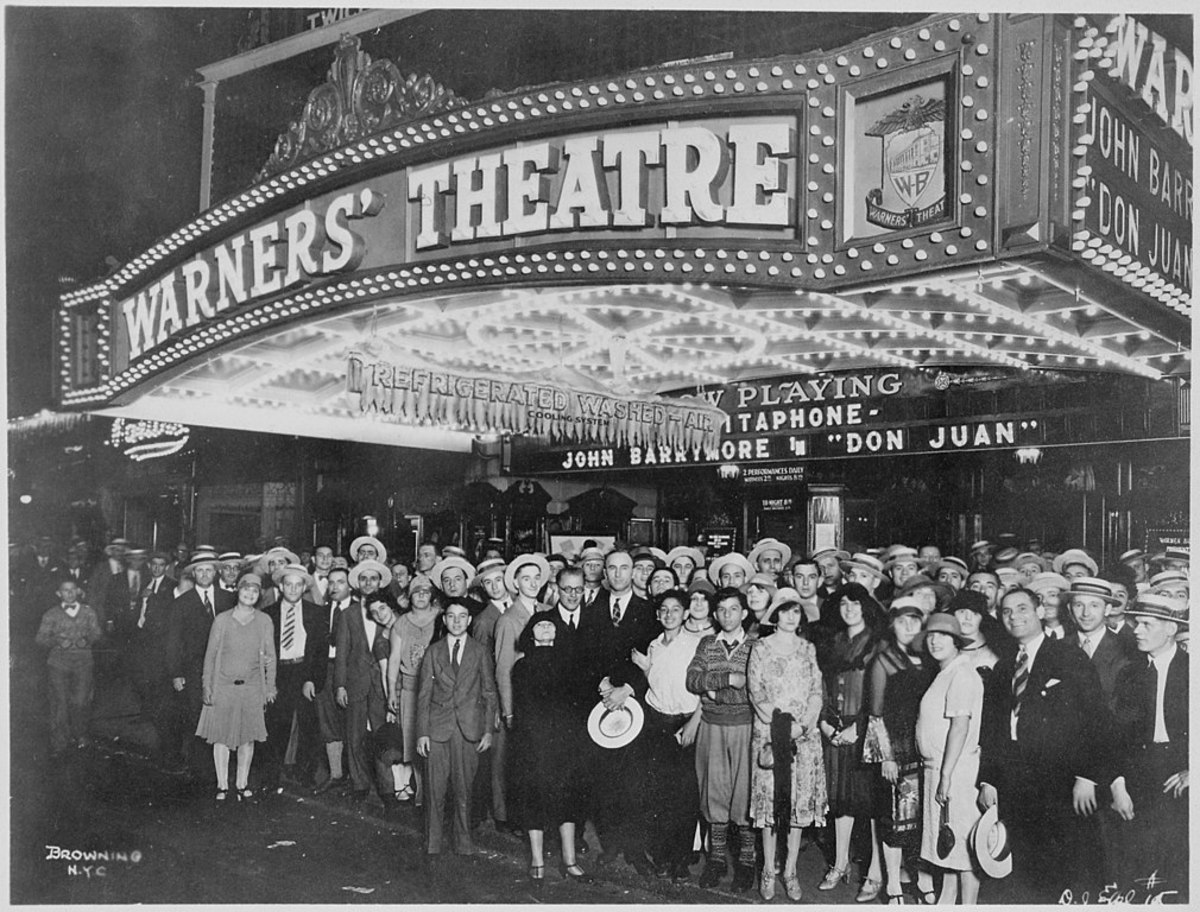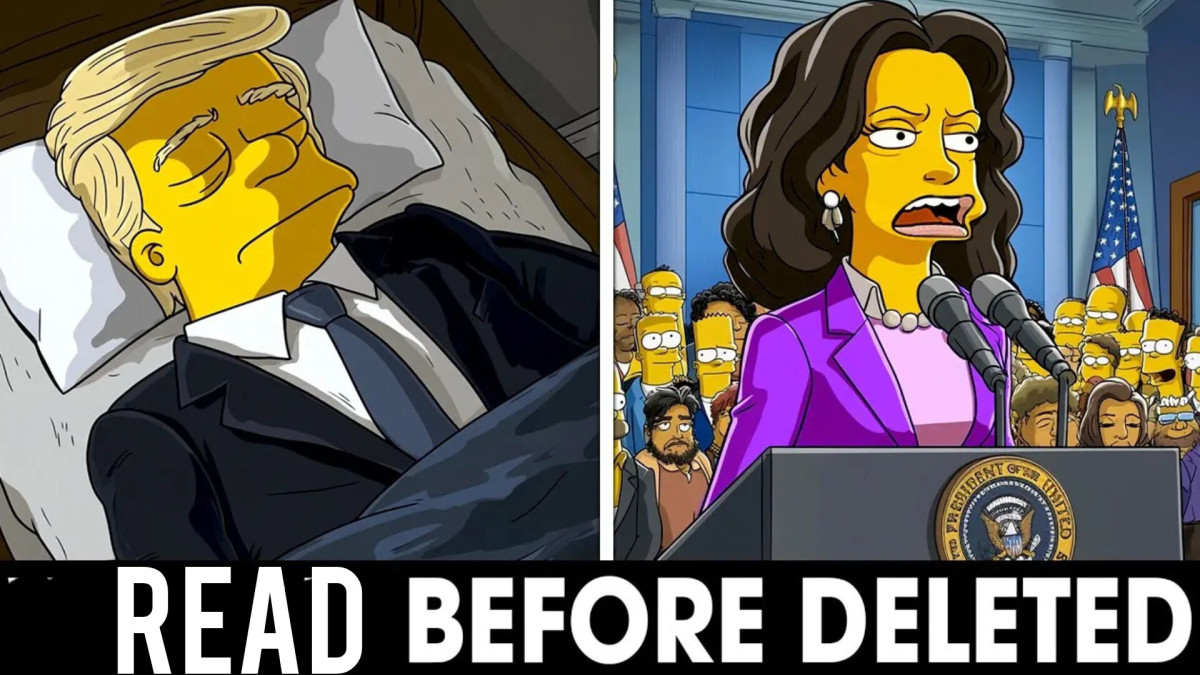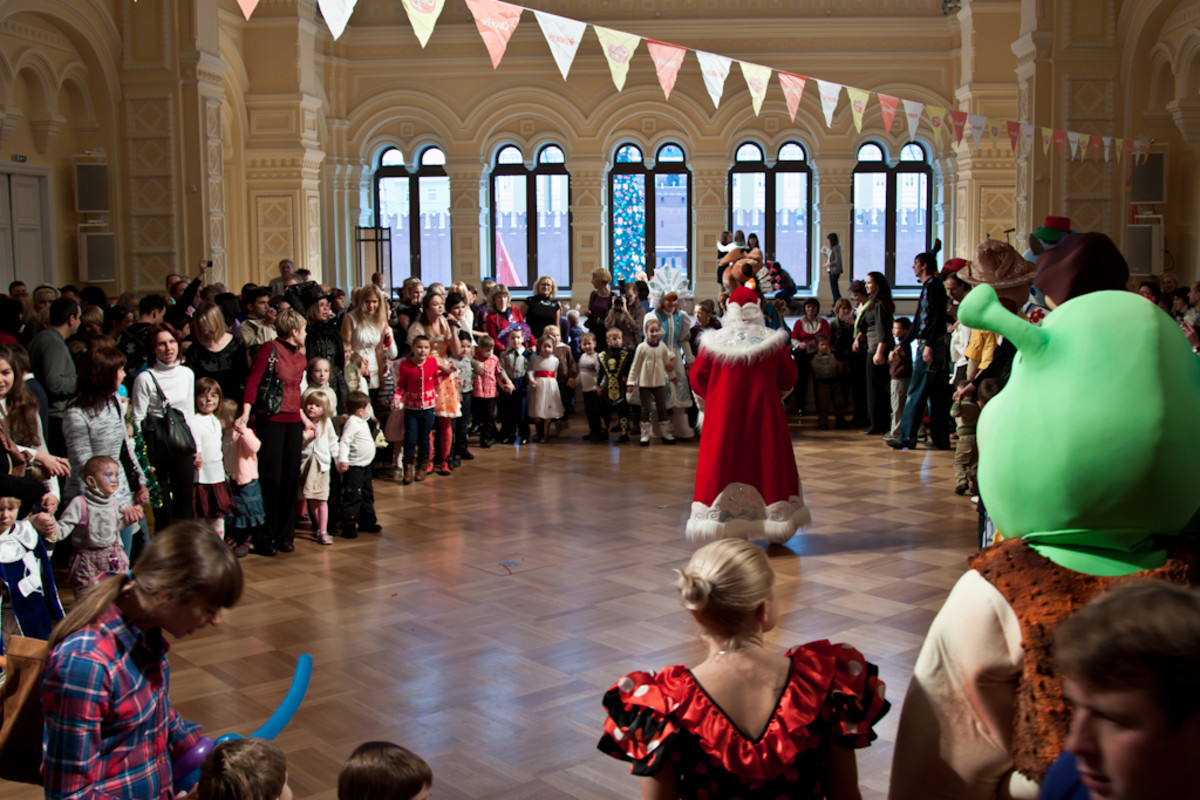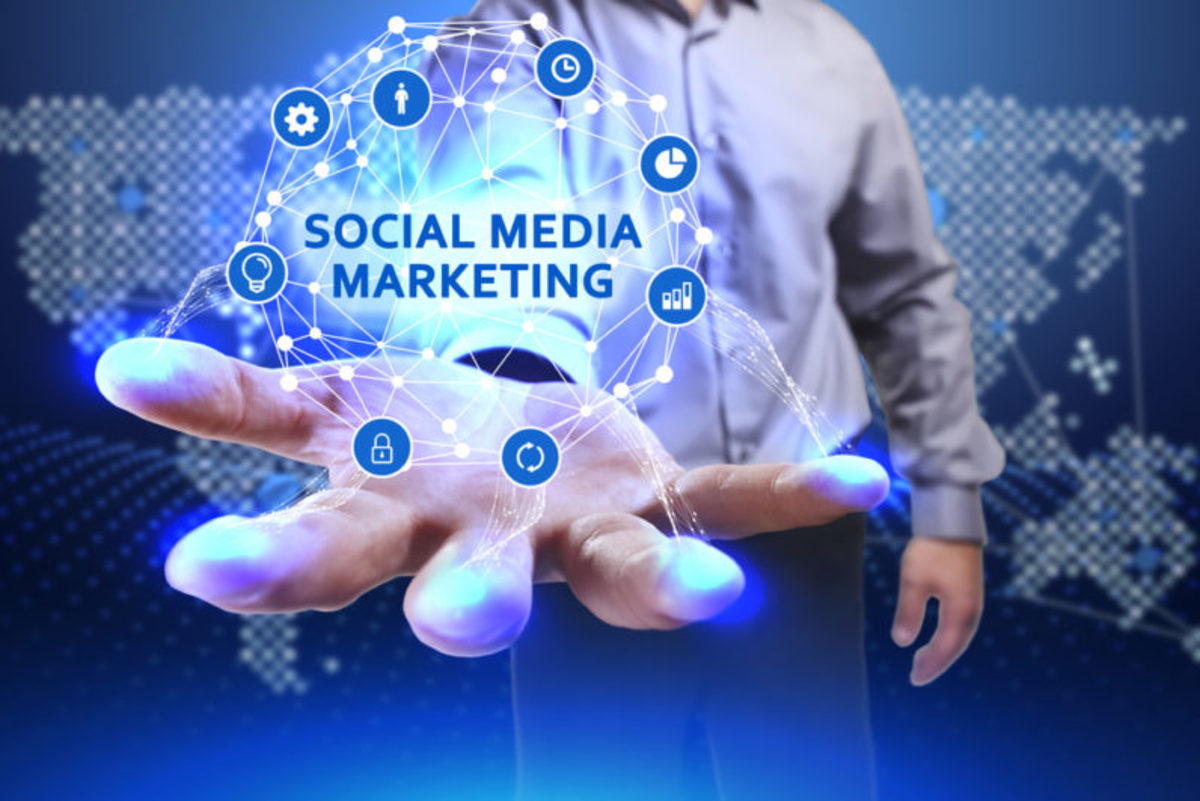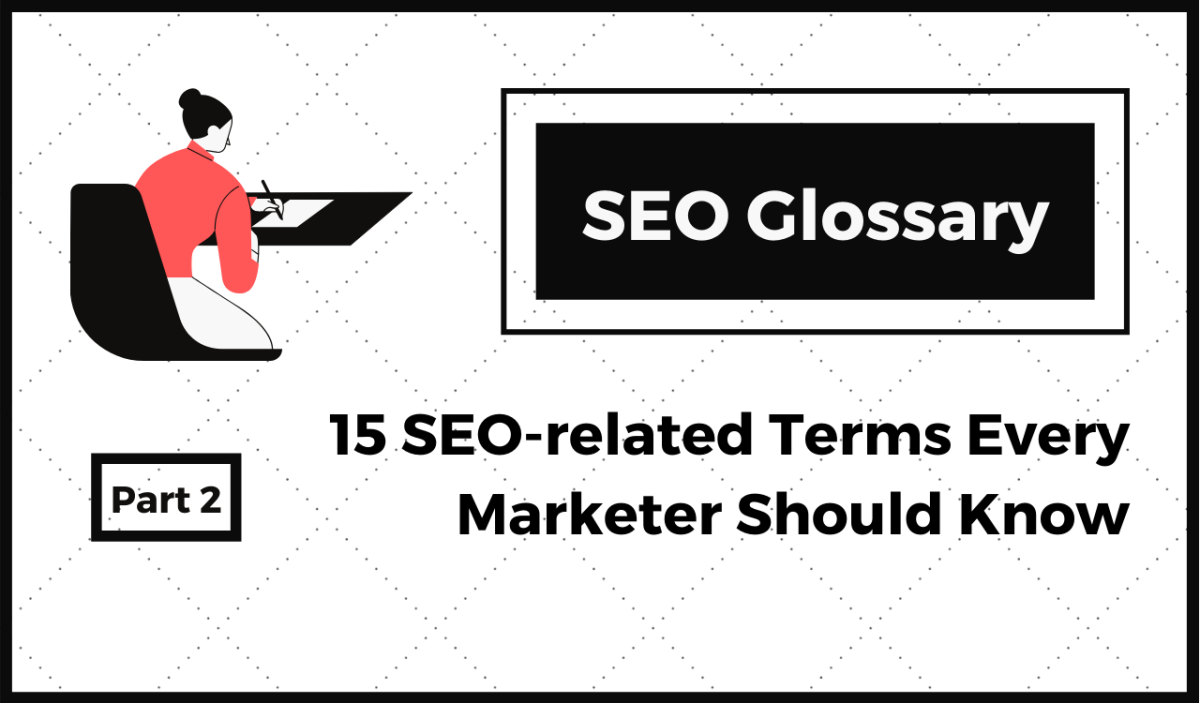Is Virtual Reality the Next Big Opportunity in Marketing?
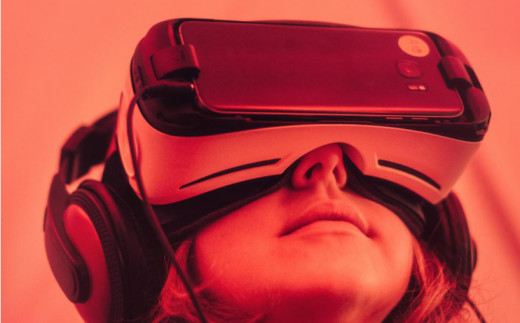
62% of consumers say they feel more engaged with a brand that uses VR experience and 71% of consumers think a brand that uses virtual reality ismore forward-thinking. The numbers are predicting a trend so the earlieryou get involved the better.
You probably have already heard about the term "VR". Maybe while surfing on the internet, while scrolling through your feed on Facebook or maybe on TV. Perhaps you already experienced virtual reality. But have you ever thought about the possibility of integrating VR into marketing?
First let’s answer the general question:
What is Virtual Reality?
You have to be careful to not confuse virtual reality with augmented reality, while they are seperate.
Augmented reality is a combination of the real world and the virtual one where some additional information or computer generated elements are mixed with the real picture through a camera, usually of a smart-phone.
Virtual reality on the other hand, is an experience that will take you out from the real world, to a three dimensional realistic simulated environment. The environment is usually created using a 3D computer generated scene or a 360 degree video / pictures made by special cameras (just like the one you see on Google Street View cars). It’s really immersive and it could create an unforgettable experience!
How does it work?
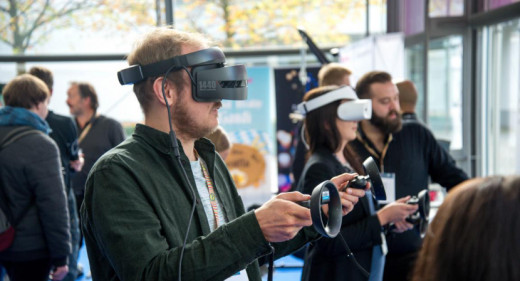
Virtual reality systems need a way to keep track of your movements and then give you feedback. In order to do that, VR headset is equipped with screens and a tracking system.
This is how they work:
Usually a VR headset has one screen that covers both eyes, or two screens - one per each eye, and two lenses so you can see the content of the screen/s. The screens are usually made of OLED display which are faster and have great contrast.
There are more ways of incorporation of the tracking system - motion suit and walking in place structure, but more common and cheaper are rotational tracking and positional tracking.
- Rotational tracking works by estimating the head orientation using a gyroscope and an accelerometer sensor, but it can only define where the head and the yaw are pointed at and slight movements.
- Positional tracking, instead, is also able to track the movements of the head in space, like up and down, forward and backward, left and right.
They works by using some other elements in the room, like IR cameras, laser beams or depth map cameras, etc...
Have you ever had a Virtual or Augmented reality experience?
What is it used for?
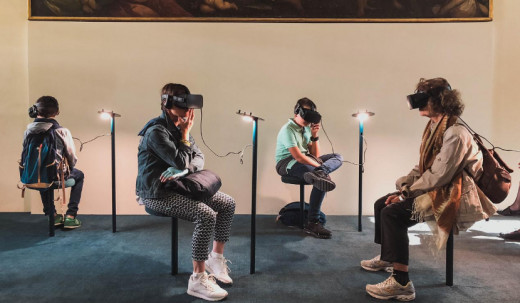
Virtual reality is used for many purposes:
- The most common is gaming, where you can completely immerse yourself into the video game and feel like you are a part of it.
- It is also used in some educational environments where it can take you trough remote places or to the past with characters directly from that time, involving you in historical events or in forgotten locations. This type of implementation is used in museum or universities. For example if you travel to Turin in Italy, there is a very big museum called “Royal Museums” (‘Musei Reali’) where you can take a walk trough the Chapel of the Shroud (‘Cappella della Sindone’) while a narrator tells you the story and shows the complexity of the chapel, which is being build before your eyes. What a wonderful experience!
- VR advertising is also common in the tourism sector, where they give you a taste of what you can get if you choose them for your next vacation.
- VR is used also in work environments, where they use blue prints of a new car, train, airplane, building and have a detailed look at them in the search for structural problems or design flaws, before it is even created.
- Newer technology can even prepare a doctor for a complex operation. So he is able to practise before he starts to work on the real patient.
Those are only a few example of how VR can be used, but it can be implemented in almost all sectors, you only have to find the way to take advantage of it.
Available virtual reality system
There are three major VR system on the market today:
- The ones that are dependant on other systems, which are equipped with a screen and a motion tracking device. They need to be connected to a PC or a console in order to work. Example are: Oculus RIft, HTC Vive and Sony Playstation Vr, Microsoft Mixed Reality.
- Mobile systems that are nothing more than a piece of plastic, card or goggles into which you need to insert your phone and use it as a screen or tracking device. Example: Google Cardboard, Samsung Gear VR, Google Daydream, and a lot other smaller brands.
- Than we have the stand alone headset. This one doesn't need a platform in order to work, because it’s all integrated into the headset. Example: Oculus Go.
Integrating “VR” into marketing
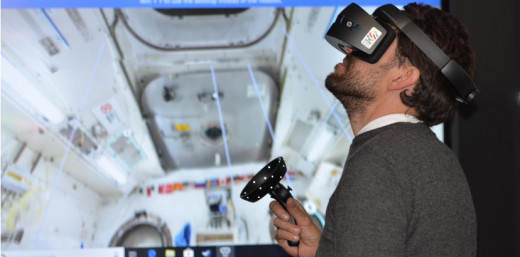
Virtual reality can be helpful in your marketing, because it engages your customers much more than TV or social networks. It can be used to showcase a product, create an environment where the user can interact with a 3D model of your product, maybe a little game made to sponsor your article.
You can also create VR advertising campaigns, that could be either a 360 degree video, a computer generated 3D environment or a composition of video and computer generated images.
An interesting and revolutionary idea come from IKEA. They created a VR Market where you can see, interact, modify, and, of course, buy a new kitchen!
Example of other successful VR advertising campaigns are:
- Volvo XC90 Test Drive VR, which is an app for smart-phones where you are able to go for a test drive in the new XC90 SUV.
- Oreo, The World of Flavoured Cookie 360°. This is a good example of a VR advertising campaign. You fly into an imaginary world made of milk chocolate and Oreos, while watching the birth of Oreo cookies.
- Boursin Sensorium VR, where you ride on one of their cheeses through a fridge, they also stimulated the wind to create an even deeper experience.
So, how to integrate VR into your marketing campaigns
The simplest way is by creating a realistic presentation video or interactive environment that will show your product.
So, in order to do that, you’ll need a team of designers and a good idea in mind, which needs to then be converted into a great story to tell.
There are three ways of doing a VR showcase, you can:
- create a 3D program/game with your imaginary environment, the results won’t be that realistic (especially if your target audience uses mobile VR) but you can make the user interact with the scene;
- create a 3D pre-rendered scene, with which you will achieve a more realistic environment, because the device will only have to play a video instead of render it in real-time;
- make a 360° video with a special camera, this option is perfect if you are working in the tourism sector, because it will show your locations in the highest quality and reality possible.
Before continuing, we need to explain the difference between 360° videos an VR videos:
- 360° videos are usually recorded from panoramic cameras that produce 2D photos and videos, so when you watch these videos you won’t be able to see the depth of the picture or video.
- VR videos (or 360° 3D videos) are usually computer generated 3D videos, or videos recorded with special 360° cameras that have two lenses. Those videos are in 3D and you can feel the sense of depth.
Start including Virtual reality into your strategy now and it will pay off later!
Create a presentation or promote your business
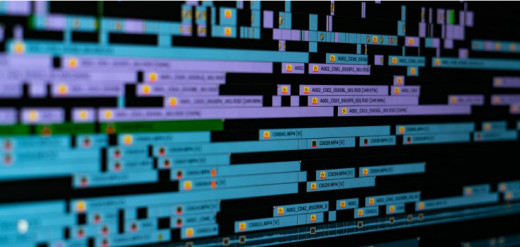
In order to do a great presentation you need to gather a team of designers and 3D modelling experts, because you’ll need to:
- Model everything in 3D.
- Stage your story/presentation/game.
- Animate the environment and characters.
- Design the audio and 3D sound effects.
- Import your work into one of the existing platforms or create a new one.
If you want to create a 360° video with cameras, you only need to direct the video, design the audio, import and, eventually, animate.
If you want an interactive presentation you also need someone to program the game/interactive experience.
Don’t worry it’s not that difficult, if you have the right team and resources, you have a chance of making a great VR experience!
Being in line with the trends is what matters in today's society. Changes are happening rapidly and there is no way of beating the competition if you are not adopting to the innovations.
I hope you got an idea of how AI is changing and will be integrated into our lives even more. We will be able to experience everything before it even happens.
© 2020 Martin Orange

